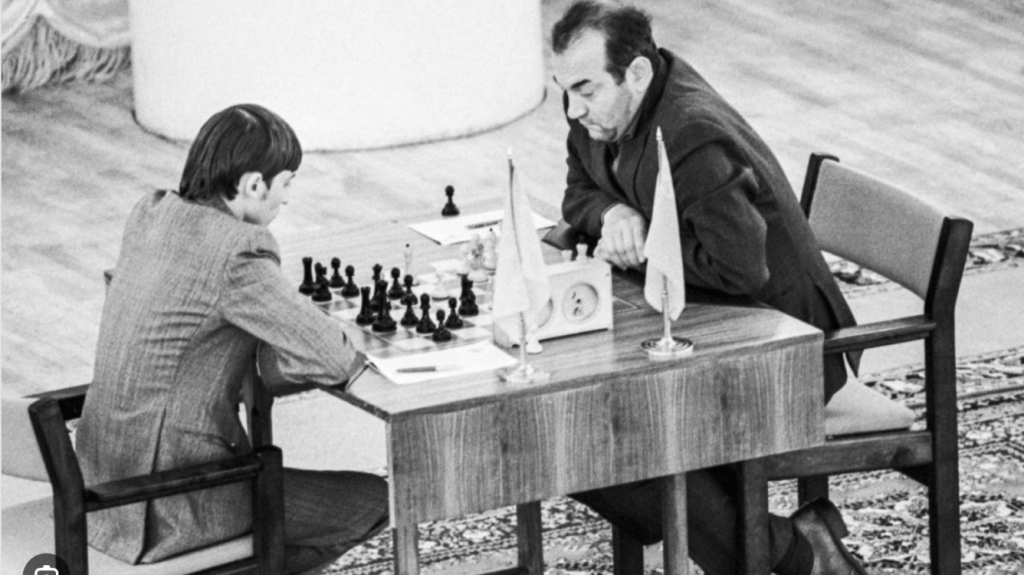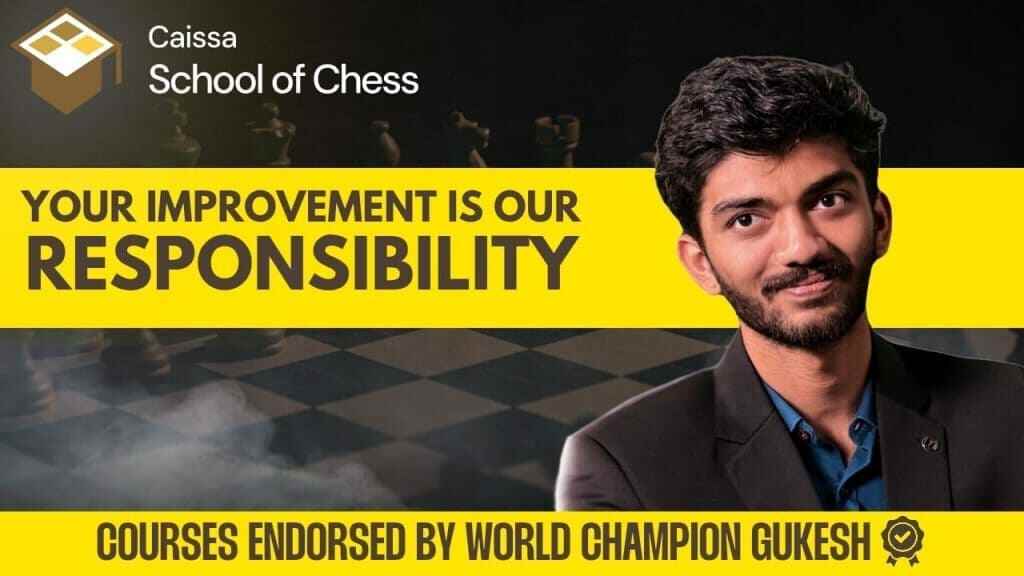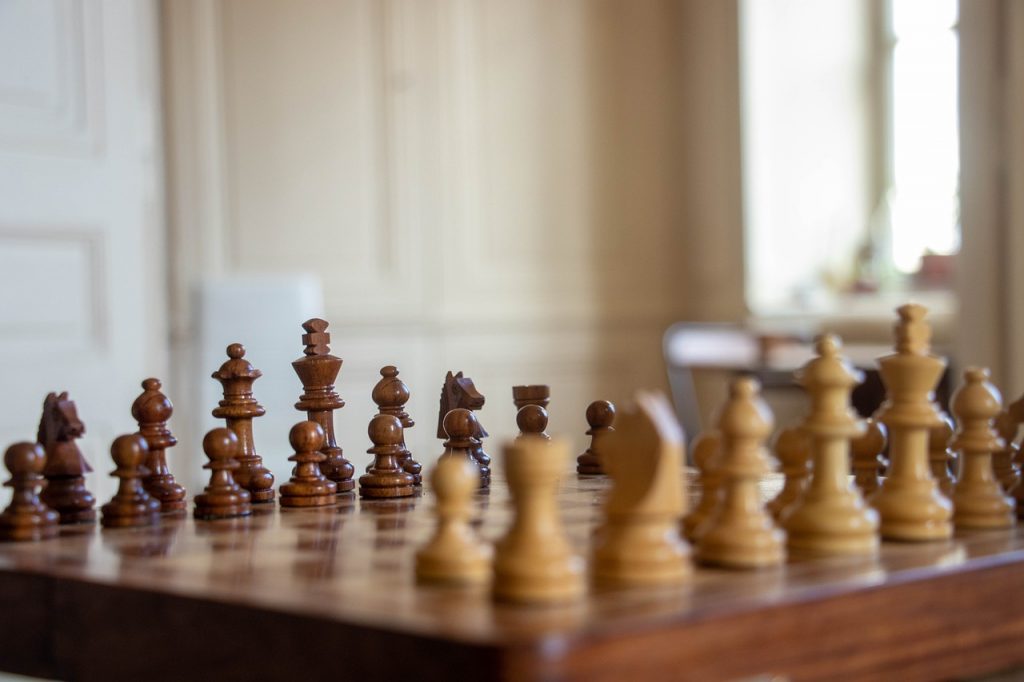For chess players, the endgame is not just a technical necessity – it is an art form. Whether you’re defending a difficult position or converting a slight advantage into a win, mastering endgame principles is crucial.
Understanding 10 Chess Endgame Principles
1. The King as a Powerhouse
In the Chess Endgame, the king transforms from a vulnerable piece into a dominant force. Centralizing your king is essential for supporting pawns, controlling key squares, and opposing your opponent’s king.
Capablanca vs. Tartakower, 1924

José Raúl Capablanca, known as the “Endgame Machine,” demonstrated the power of an active king in his game against Savielly Tartakower. Capablanca centralized his king to support his passed pawns while simultaneously blocking Tartakower’s counterplay. This game remains a classic example of king activity in the Chess Endgame.
Always activate your king in the endgame. A centralized king can often mean the difference between a win and a draw.
2. The Principle of Opposition
The opposition is a cornerstone of king-and-pawn endgames. It occurs when the two kings face each other with an odd number of squares in between. The player who does not have the move (the “distant opposition”) can often control critical squares and promote their pawn.
Karpov vs. Kasparov, 1985 World Championship

In Game 16 of their 1985 World Championship match, Anatoly Karpov used the principle of opposition to outmaneuver Garry Kasparov in a king-and-pawn endgame. Karpov’s precise play showcased the importance of this fundamental concept at the highest level.
Mastering the opposition is essential for winning king-and-pawn endgames. Practice this concept to gain a decisive edge in simplified positions.
3. The Power of Passed Pawns
Passed pawns are the backbone of endgame strategy. A passed pawn has no opposing pawns blocking its path to promotion. Creating and advancing passed pawns should be a primary goal in the Chess Endgame.
Carlsen vs. Karjakin, 2016 World Championship

In Game 10 of the 2016 World Championship, Magnus Carlsen demonstrated the power of a passed pawn. Despite being in a slightly worse position, Carlsen created a passed pawn on the queenside and used it to tie the game, eventually winning in the tiebreaks. This game highlights the importance of pawn structure and passed pawns in high-stakes endgames.
Always look for opportunities to create passed pawns. Even a single passed pawn can be enough to win the game.
4. The Rule of the Square
The rule of the square is a quick way to determine whether a pawn can queen without the support of its king. Draw an imaginary square from the pawn to the promotion square. If the opposing king can enter this square, it can catch the pawn.
Fischer vs. Taimanov, 1971 Candidates Match

Bobby Fischer used the rule of the square in his game against Mark Taimanov to calculate whether his pawn could queen. By visualizing the square, Fischer ensured his pawn’s promotion while keeping Taimanov’s king at bay.
Use the rule of the square to quickly assess pawn races. This simple tool can save valuable time on the clock.
5. Rooks Belong Behind Passed Pawns
In rook endgames, the placement of your rook is crucial. A rook should ideally be placed behind a passed pawn, whether it’s your own or your opponent’s. This maximizes its effectiveness in supporting or stopping the pawn’s advance.
Rubinstein vs. Nimzowitsch, 1927
Akiba Rubinstein’s famous rook endgame against Aron Nimzowitsch is a textbook example of rook activity. Rubinstein placed his rook behind his opponent’s passed pawn, effectively neutralizing its threat while advancing his own pawns. This game is a must-study for anyone looking to improve their rook endgame skills.
Always place your rook behind passed pawns. This principle applies to both offensive and defensive situations.
6. The Principle of Two Weaknesses
In this chess endgame, it is necessary to create a second weakness in your opponent’s position to stretch their defenses. By attacking multiple weaknesses, you can overwhelm your opponent and force concessions.
Kramnik vs. Leko, 2004 World Championship

In their 2004 World Championship match, Vladimir Kramnik used the principle of two weaknesses to defeat Peter Leko. Kramnik first fixed Leko’s pawn weaknesses on the queenside and then shifted his attention to the kingside, creating a second weakness that Leko couldn’t defend.
Focus on creating and exploiting multiple weaknesses. This strategy is especially effective in endgames with limited material.
7. Zugzwang: Forcing Your Opponent to Move
Zugzwang is a situation where any move a player makes worsens their position. In the Chess Endgame, forcing your opponent into zugzwang can be a powerful way to win material or promote a pawn.
Carlsen vs. Anand, 2013 World Championship

In Game 5 of their 2013 World Championship match, Magnus Carlsen used zugzwang to defeat Viswanathan Anand. Carlsen maneuvered his pieces to create a position where every move Anand made weakened his position, ultimately leading to a decisive advantage.
Look for opportunities to create zugzwang. This tactic is particularly effective in king-and-pawn and rook endgames.
8. Simplification
When you have a material or positional advantage, simplifying the position by trading pieces can often lead to a winning endgame. However, be cautious not to simplify too early, as this can give your opponent counterplay.
Capablanca vs. Marshall, 1918

In their famous game, José Raúl Capablanca simplified the position by trading queens and entering a favorable endgame. Capablanca’s precise play in the endgame allowed him to convert his advantage into a win, showcasing the power of simplification.
Simplify when you have a clear advantage, but ensure the resulting endgame is winning. Avoid unnecessary trades in balanced positions.
9. The Importance of Calculation
The Chess Endgame requires precise calculation. Even a single miscalculation can turn a winning position into a draw or loss. Always calculate multiple moves ahead, especially in pawn races and king-and-pawn endgames.
Kasparov vs. Topalov, 1999

In their legendary game, Garry Kasparov demonstrated the importance of calculation in the endgame. Kasparov’s deep calculations allowed him to navigate a complex rook endgame and secure a win against Veselin Topalov.
Endgames are won by calculation. Practice solving endgame studies and puzzles to improve your calculation skills.
10. Patience and Prophylaxis
The Chess Endgame often requires patience and prophylactic thinking. Anticipate your opponent’s plans and take steps to neutralize them. Rushing can lead to mistakes, so take your time to find the best moves.
Karpov vs. Korchnoi, 1974 Candidates Final

In their 1974 Candidates match, Anatoly Karpov’s patient and prophylactic play in the endgame allowed him to outmaneuver Viktor Korchnoi. Karpov’s ability to anticipate Korchnoi’s plans and neutralize them was key to his victory.
Be patient and think prophylactically. Endgames are often decided by who makes the last mistake.
Remember, endgames require precision, calculation, and patience. Study the classics, analyze your games, and practice regularly to hone your skills.
For those looking to deepen their understanding of the Chess Endgame and other aspects of chess, the Caissa School of Chess offers world-class training and resources. Whether you’re a beginner or a seasoned player, Caissa can help you achieve your chess goals. Keep practicing, and may your endgames always be winning!

Pic Courtesy: Chess.com, Satranç Okulu, Soviet Chess History and ChessBase





